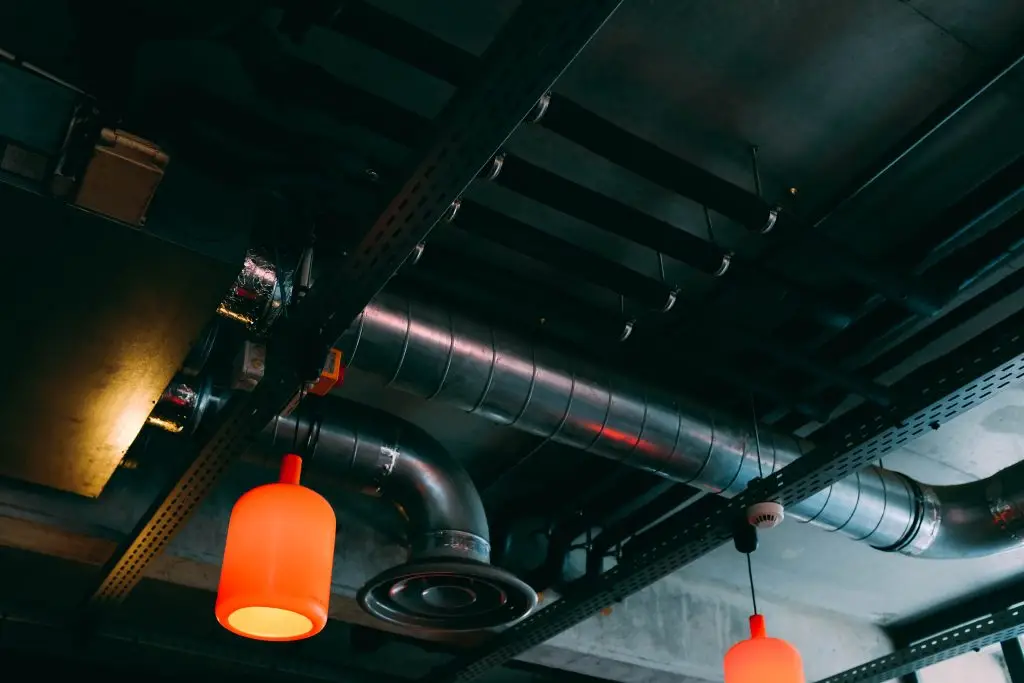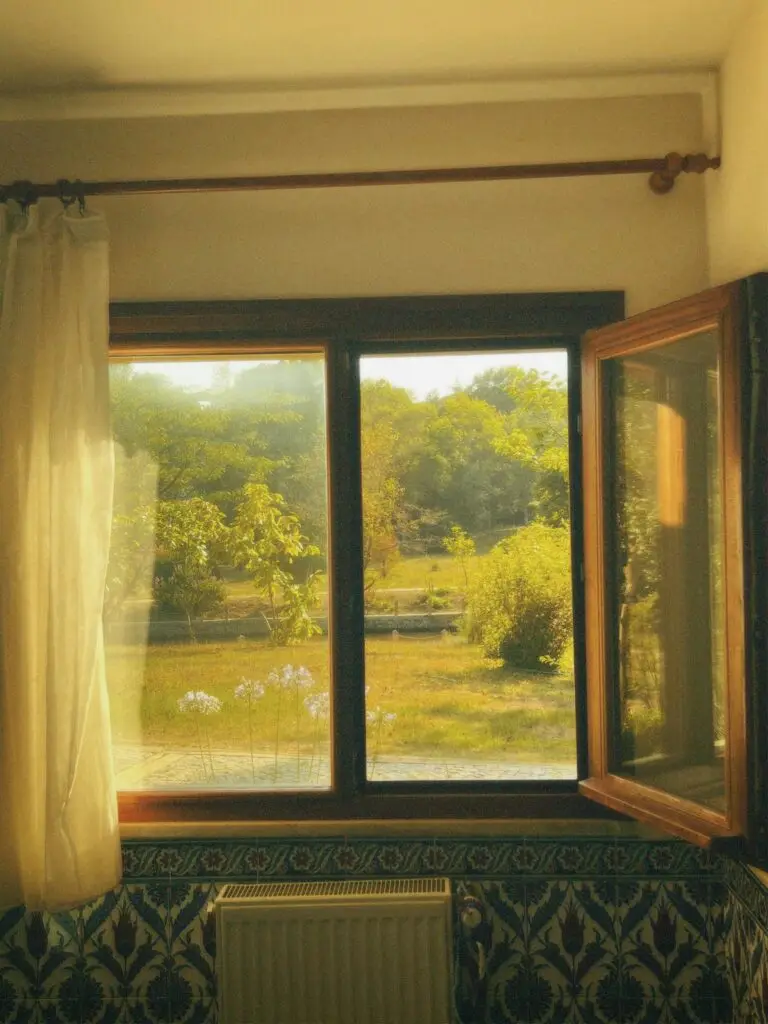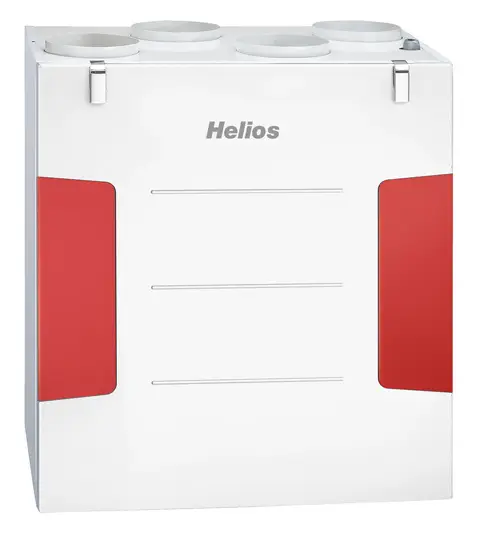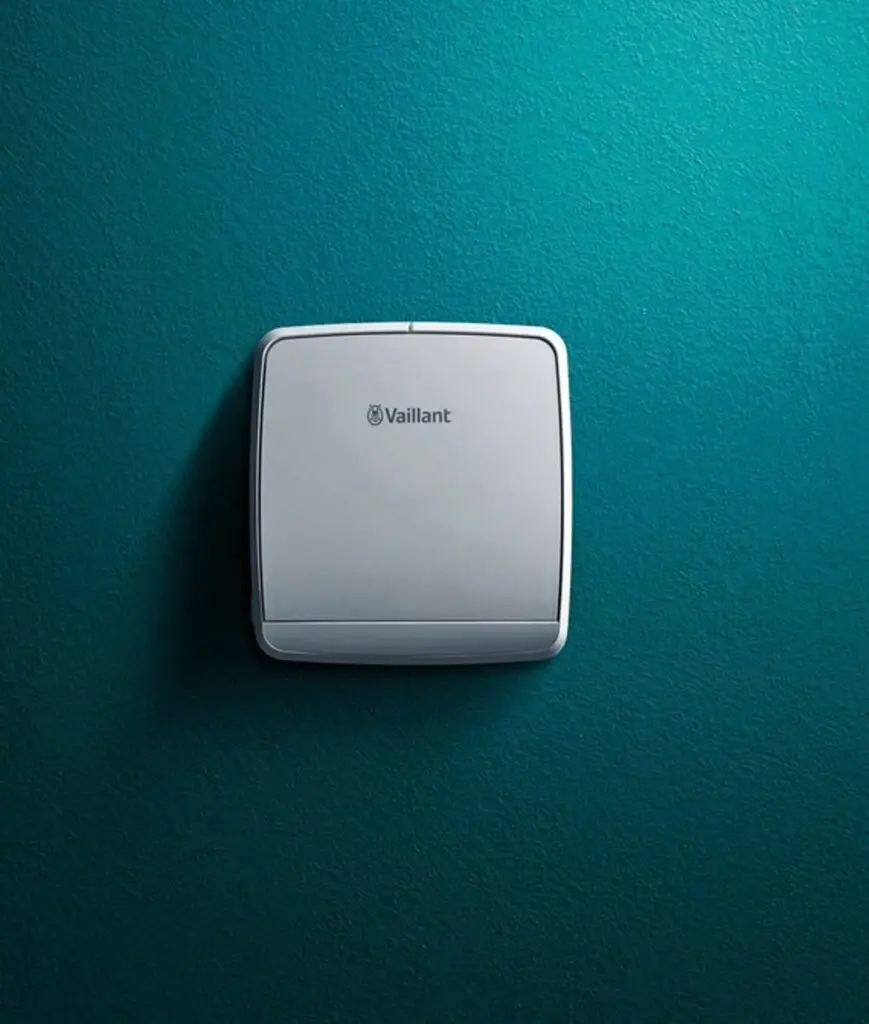ventilation

The importance of ventilation in buildings
Ventilation is a key element of every building because it ensures the necessary air exchange, which maintains the optimal quality of the internal microclimate. One of the main functions of ventilation systems is the regulation of the humidity level in the room. Excessive humidity can lead to condensation, mold growth and damage to building construction, which in the long term affects the stability and energy efficiency of the building.
In addition to the protection of the building structure, proper ventilation reduces the concentration of CO₂, volatile organic compounds and other harmful substances, which directly contributes to the health and comfort of the users. In modern construction, where buildings are increasingly well insulated, ventilation systems are becoming an indispensable part of an energy-efficient and long-lasting solution.

natural ventilation
Natural ventilation – challenges in modern construction
Natural ventilation, which relies on opening windows and passive openings, is a traditionally used method of air exchange in buildings. Although simple and energy-efficient, in modern construction conditions – especially with the installation of PVC and ALU joinery with high air tightness – this approach is increasingly becoming insufficient.
Closed windows and doors prevent natural air flow, which leads to moisture retention inside the space. In the long term, this can cause condensation, mold and impaired air quality, which negatively affects the health of the user. On the other hand, frequent and uncontrolled ventilation during the winter causes significant heat loss, which increases heating costs and reduces the energy efficiency of the building.
Because of all of the above, it is important to think about systematically solved ventilation, which provides fresh air without unnecessary energy losses and problems with humidity.

Central heat recovery ventilation
Central ventilation and heat recovery – a solution for a healthy and energy-efficient space
Central ventilation is a system that enables controlled air exchange in the entire building through a network of ventilation channels connected to the central unit. Unlike local or natural ventilation systems, central ventilation ensures a uniform and continuous supply of fresh air to all rooms, while simultaneously removing stale, humid or polluted air.
A key component of modern ventilation systems is heat recovery – a process in which heat from waste air, which is expelled from the room, is transferred to fresh air entering from outside. This significantly reduces heat losses and achieves high energy efficiency, especially in the winter months when space heating is most intensive.
Benefits of central ventilation with heat recovery:
Constant supply of fresh air, regardless of weather conditions
Reduction of humidity and risk of condensation and mould
Air filtration – removal of dust, pollen and other impurities
Energy savings thanks to heat recovery (up to 90%)
Increased comfort and better indoor air quality
Such systems are especially recommended for low-energy and passive houses, but also for commercial, public and industrial buildings where air quality and energy efficiency are of great importance.
decentralized ventilation with heat recovery
Decentralized ventilation with heat recovery
is a practical and effective solution for improving air quality in existing buildings, without the need for major construction work. Unlike central systems, decentralized devices are installed individually in rooms, most often through an external wall, which makes them ideal for renovations, apartments and houses where it is not feasible to install a duct network.
These systems work on the principle of air exchange, while simultaneously retaining heat from the air leaving the room. This is achieved through a built-in heat recovery unit, which allows up to 90% of the thermal energy to remain inside the room – which means lower heating costs and greater comfort during the colder months.
The benefits of decentralized ventilation with heat recovery:
Without major works – ideal for retrofitting in apartments and houses
Energy efficiency – significant energy savings thanks to heat recovery
Better air quality – removal of moisture, CO₂, odors and allergens
Quiet operation and individual control per room
Minimal maintenance and long working life
Thanks to their compact dimensions and elegant design, decentralized ventilation devices fit into any space, and their installation does not require much time or expense.
you are interested in the project
Do you have any questions ?
Or are you looking for someone to do a project for you?
Feel free to contact us via email,
or call us and we will respond as soon as possible

